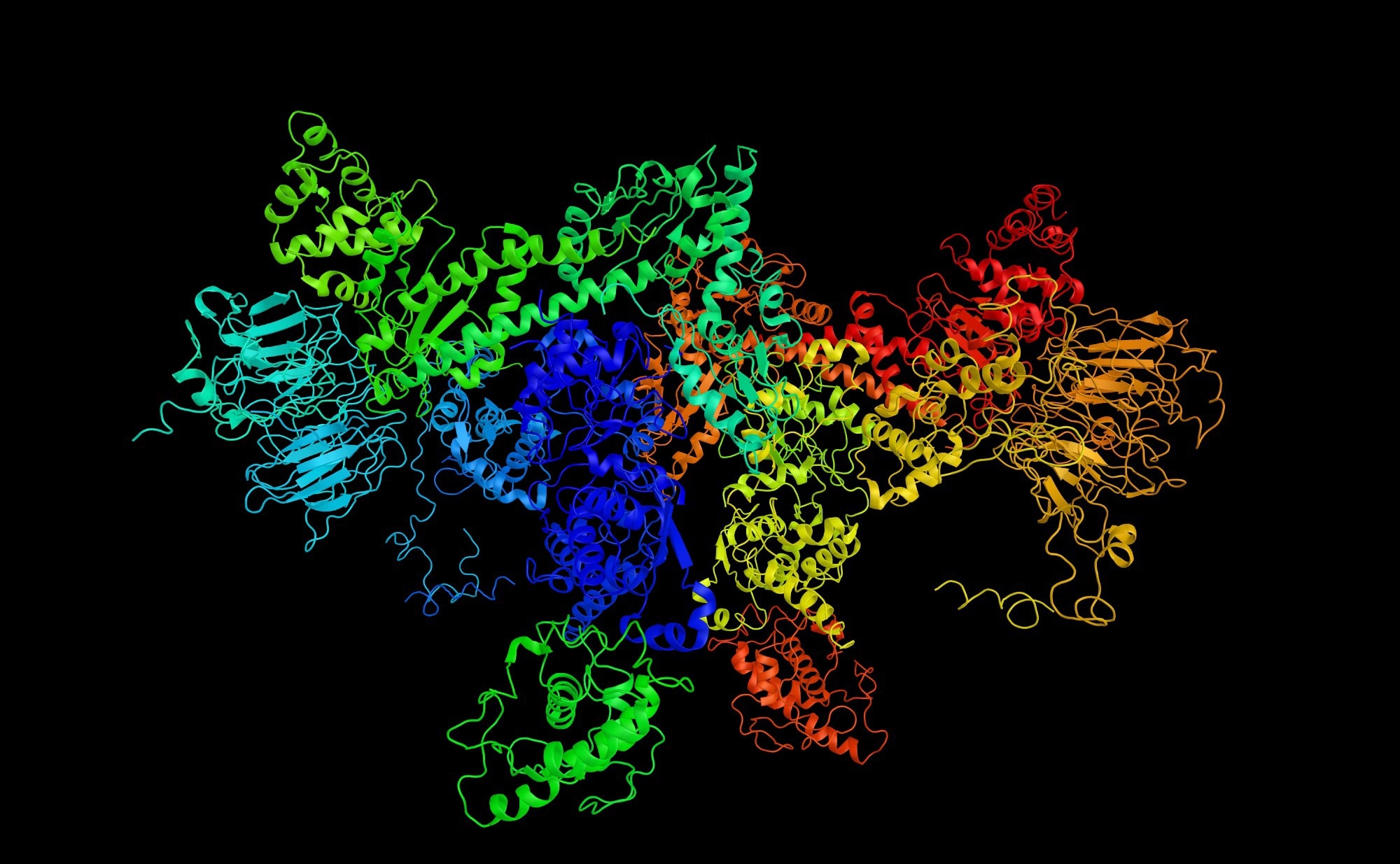In an article published in the journal Foundations and Advances, researchers discussed the challenges in producing high-quality and well-ordered crystals, collecting high-resolution diffraction data, and refining protein structures faced during protein crystallography. They also explored the potential of using deep learning and artificial neural networks to advance the field of protein crystallography.
 Study: Application of Deep Learning in Protein Crystallography. Image credit: ibreakstock/Shutterstock
Study: Application of Deep Learning in Protein Crystallography. Image credit: ibreakstock/Shutterstock
Background
Protein crystallography is a powerful method for determining the three-dimensional (3D) structures of proteins, essential for understanding their functions and interactions. Utilizing X-ray diffraction analysis of protein crystals, this technique provides in-depth insights into molecular architectures. Structural information is pivotal in advancing scientific understanding of cellular processes, contributing significantly to fields such as drug development, biochemistry, molecular biology, and biotechnology. The detailed revelations offered by protein crystallography continue to drive innovations, harnessing its impact on various biomedical and biotechnological advances.
Deep learning, a subset of machine learning, represents a data-driven approach that can learn complex patterns from noisy, multidimensional, and incomplete datasets. This sophisticated algorithm is structured with multiple layers of interconnected nodes, each representing a different abstraction level.
Through continuous refinement, deep learning models optimize their performance on specific tasks by iteratively adjusting the weights and biases associated with these interconnected nodes. This iterative learning approach facilitates the algorithm's ability to tackle complex problems, making it particularly adept in applications ranging from computer vision, bioinformatics, and natural language processing. It can work with several types of data, such as images, texts, sounds, and graphs.
About the Research
In the present paper, the authors surveyed the current state-of-the-art and future directions of deep learning applications in protein crystallography. They focused on the following key steps of the protein crystallography workflow and described the main challenges and limitations and how deep learning techniques can address them:
- Predicting protein crystallization propensity from protein sequences and features.
- Monitoring crystal growth and quality from images of crystallization trials.
- Optimizing experimental conditions and protocols for protein crystallization.
- Processing diffraction data and solving and refining protein structures.
Furthermore, the study discussed the advantages and disadvantages of different deep learning architectures, such as convolutional neural networks (CNNs), recurrent neural networks (RNNs), multi-layer perceptron (MLPs), autoencoders (AEs), attention mechanisms, graph convolutional neural networks (GCNNs), transformers, residual neural networks (ResNets), and generative adversarial networks. They compared the performance and accuracy of deep learning methods with traditional methods and highlighted the potential benefits and drawbacks of using deep learning in protein crystallography.
Research Findings
The outcomes showed that deep learning techniques can significantly improve the efficiency and accuracy of protein crystallography by automating and optimizing various steps of the workflow. Some of the main results are the following:
- It can predict protein crystallization propensity from protein sequences and features, outperforming traditional machine learning methods and reducing the experimental cost and time.
- This can monitor crystal growth and quality from images of crystallization trials, achieving high classification rates and consistency across different imaging platforms and conditions.
- Experimental conditions and protocols for protein crystallization can be optimized by learning from historical data and feedback and suggesting optimal combinations of parameters and strategies.
- Deep learning models can process diffraction data and solve and refine protein structures by enhancing the signal-to-noise ratio, correcting errors and artifacts, and integrating multiple sources of information.
Applications
The potentials of deep learning in protein crystallography are numerous and diverse, ranging from basic research to drug discovery and development. The following are some of the possible uses:
- Accelerating the discovery of new protein structures and functions by reducing the trial-and-error process and increasing the success rate of protein crystallization and structure determination.
- Enhancing the quality and resolution of protein structures by improving data collection and analysis and refining the models with advanced algorithms and techniques.
- Expanding the scope and diversity of protein structures by enabling the crystallization and structure determination of challenging proteins, such as membrane proteins, large complexes, and flexible proteins.
- Facilitating the design and engineering of novel proteins, drugs, and vaccines by using deep learning models to predict and optimize the effects of mutations, modifications, and interactions on protein crystallization and structure.
Conclusion
In summary, the authors emphasize that deep learning techniques offer significant benefits in protein crystallography. These include predicting the likelihood of protein crystallization from sequence or structural features, thereby reducing experimental cost and time while increasing the success rate of structure determination. The technology can effectively solve and refine protein structures, automating and simplifying phasing and model-building steps to enhance the accuracy and reliability of structural models.
Furthermore, the paper addresses potential challenges of employing deep learning in protein crystallography. These limitations encompass data availability and quality, model interpretability and generalizability, and the integration and validation of results. As a result, the authors suggest that future research should prioritize the development of more robust and versatile deep-learning models. This involves utilizing diverse and representative datasets, incorporating domain knowledge and physical principles, and fostering collaboration with experimentalists and domain experts.